Parsnip Harvesting - How And When To Harvest Parsnips
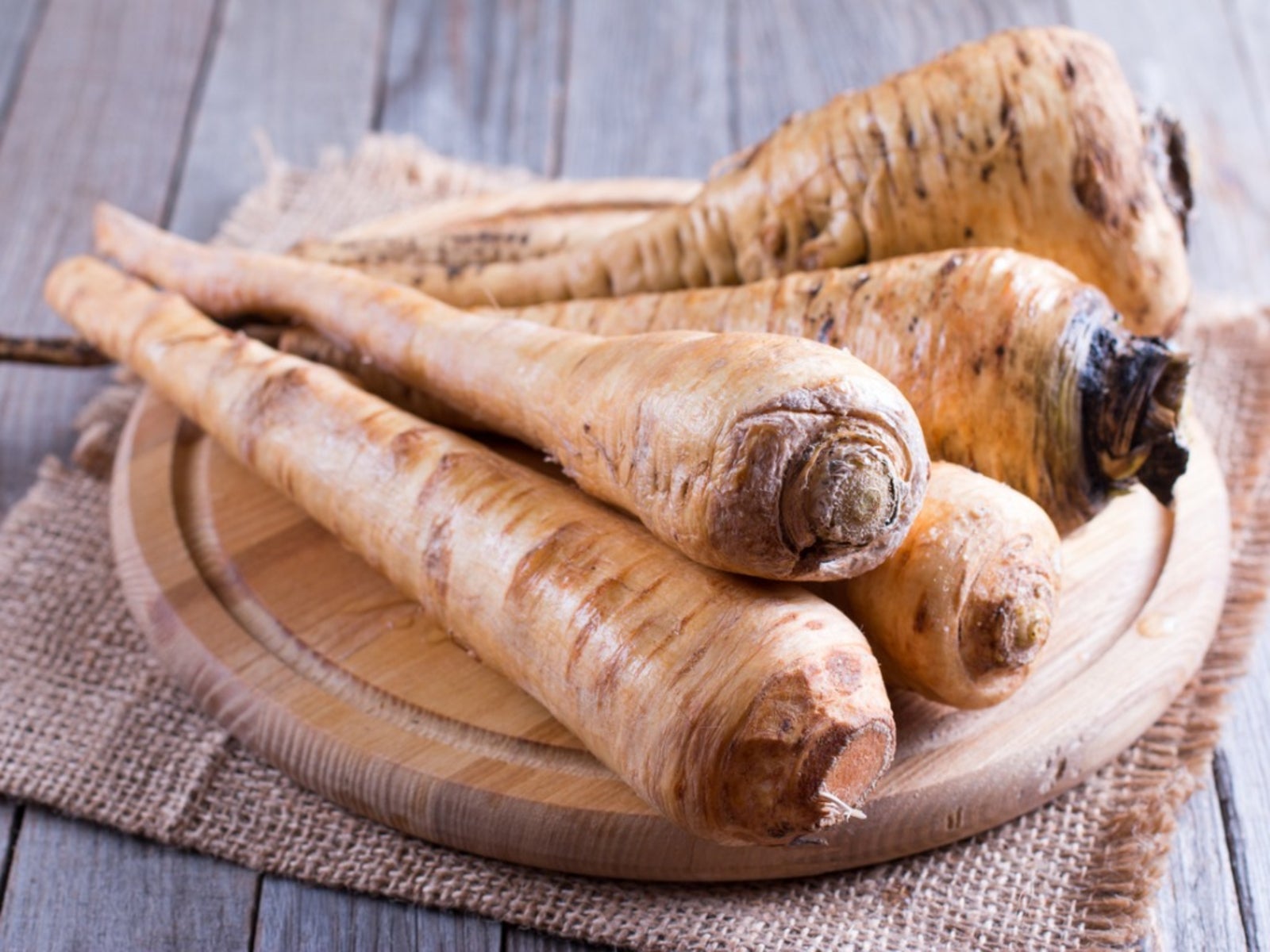
Parsnips, brought to American by the first colonists, are a cool season root vegetable that requires at least two to four weeks of close to freezing temperatures to taste its best. Once the cold weather hits, the starch in the parsnip converts to sugar and produces an intensely, uniquely sweet and nutty taste. Keep reading to learn more about how to harvest a parsnip and when to harvest parsnips for the best flavor.
Planting and Care for Good Parsnip Harvesting
Plant parsnip seeds ¼ to ½ inch (6-13 mm.) deep in rows, 12 inches (31 cm.) apart about two to three weeks before the last frost in spring. Parsnips perform best when planted in a sunny spot in well-drained, organic rich soil. Other root vegetables such as garlic, potatoes, radishes, and onions make excellent companions to parsnips. Caring for parsnips is an important step for a good parsnip harvest. Parsnips should be kept weed free and swallowtail-butterfly caterpillars should be handpicked off. Water parsnip plants thoroughly, once a week, during periods of dry weather.
When are Parsnips Ready to Pick?
To get the most from your parsnip harvesting, it helps to know when are parsnips ready to pick. Although parsnips mature in around four months or 100 to 120 days, many gardeners leave them in the ground over winter. Parsnip harvesting occurs when the roots reach their full size. Keep track of when you plant your seeds so you will know approximately when to harvest parsnips.
How to Harvest a Parsnip Root
Once your parsnips are ready, you'll need to know how to harvest a parsnip root. Harvesting parsnip root vegetables has to be done extremely carefully, as broken or damaged roots don't store well. Begin parsnip harvesting by trimming all of the foliage to within 1 inch (2.5 cm.) of the roots. Carefully dig up the roots with a clean spading fork. Expect roots to be between 1 ½ and 2 inches (4-5 cm.) in diameter and 8 to 12 inches (20-31 cm.) long.
Gardening tips, videos, info and more delivered right to your inbox!
Sign up for the Gardening Know How newsletter today and receive a free copy of our e-book "How to Grow Delicious Tomatoes".
-
 Looking For Plants To Give You The Soft And Fuzzies? Try These 5 Fuzzy Leaf Plant Options
Looking For Plants To Give You The Soft And Fuzzies? Try These 5 Fuzzy Leaf Plant OptionsLovers of texture, drama, silver foliage and tactile plants will adore these special sensory garden additions. These fuzzy leaf plant options will leave you all aglow
By Susan Albert
-
 Get Ready For A Summer Of Hummers! Grow These Full Sun Hummingbird Plants and Flowers
Get Ready For A Summer Of Hummers! Grow These Full Sun Hummingbird Plants and FlowersIf you’re lucky enough to enjoy a sunny backyard, make sure you are maxing out on your pollinator opportunities and grow these full sun hummingbird plants and flowers
By Tonya Barnett
-
Powdery Mildew Of Parsnips – Treating Signs Of Powdery Mildew In Parsnips
Powdery mildew is a very common disease that affects a wide array of plants. Powdery mildew of parsnips can be a problem if left unchecked too. To learn more about how to manage and recognize the symptoms of powdery mildew in parsnips, click here.
By Liz Baessler
-
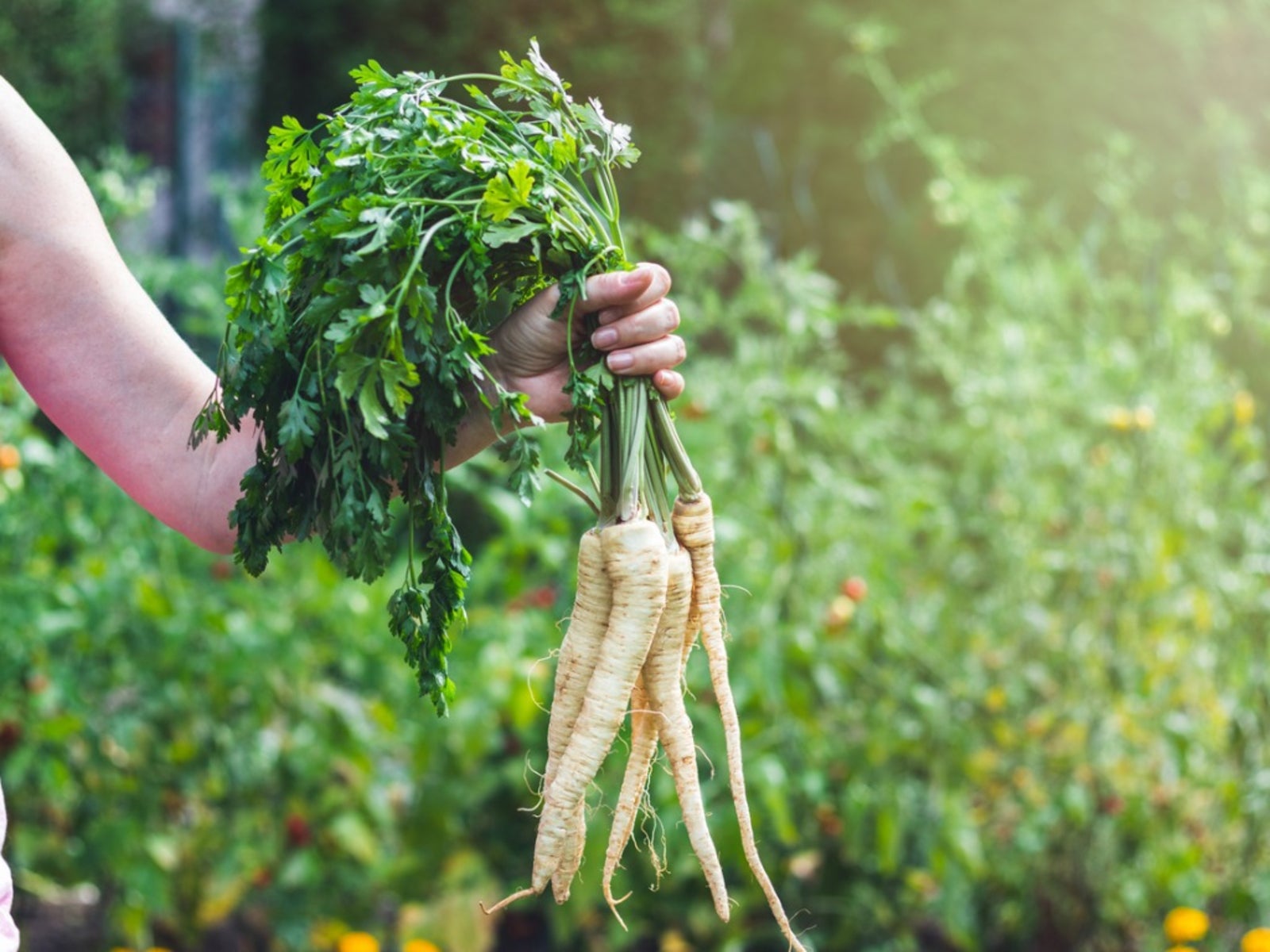 Parsnip Leaf Spot Problems – Learn About Leaf Spot On Parsnips
Parsnip Leaf Spot Problems – Learn About Leaf Spot On ParsnipsParsnips are as easy to grow as their cousin the carrot. Easy to grow they may be, but not without their share of diseases and pests. One such disease, parsnip leaf spot results in exactly what it sounds like - parsnips with spots on leaves. Learn more in this article.
By Amy Grant
-
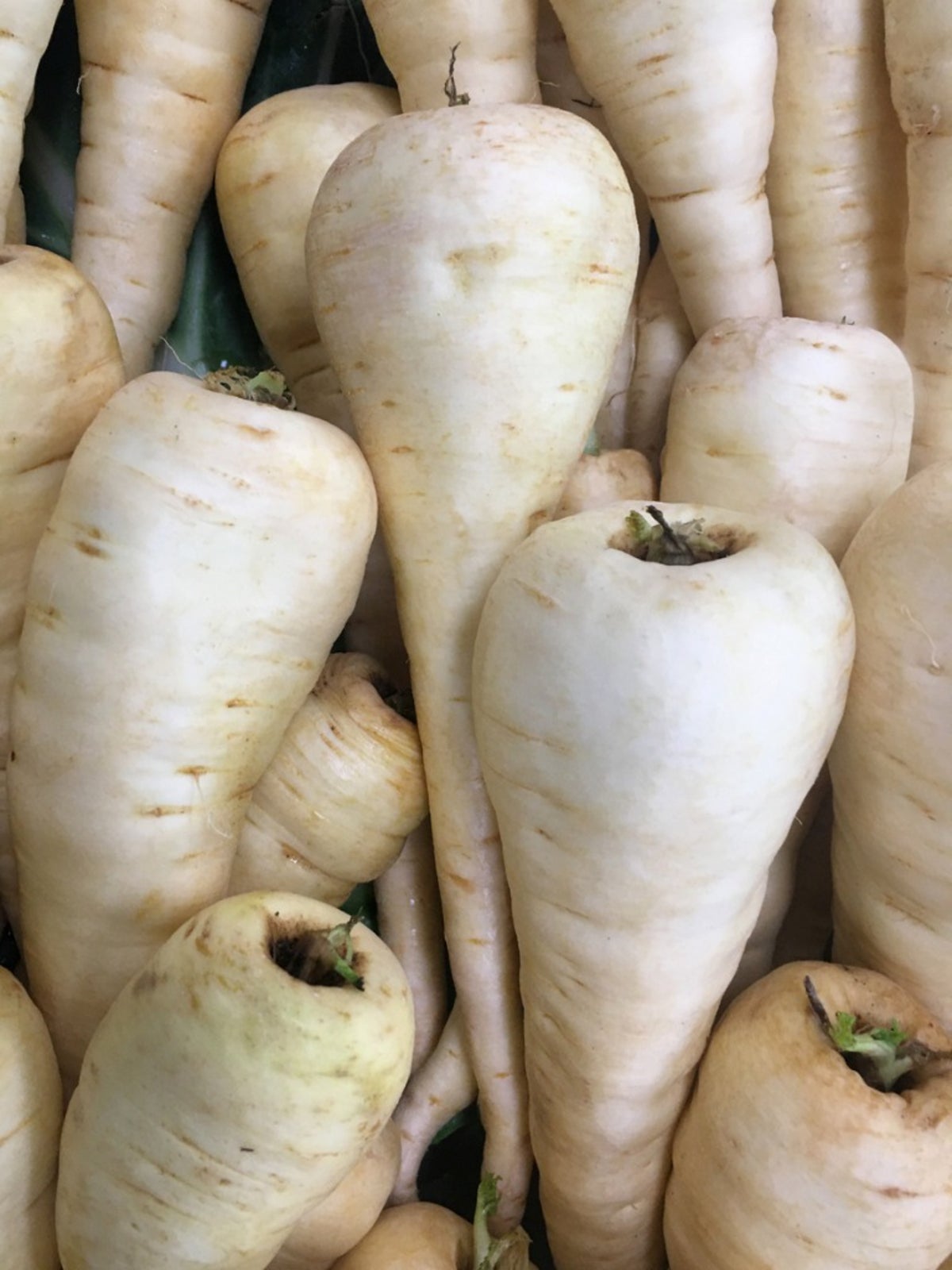 Guide To Parsnip Diseases – How To Treat Sick Parsnips In The Garden
Guide To Parsnip Diseases – How To Treat Sick Parsnips In The GardenParsnips are the often overlooked middle child of the root vegetable world, but they can be total rock stars in your garden. Just be on the lookout for these common parsnip diseases and your vegetable stand will be the envy of the neighborhood! Learn more here.
By Kristi Waterworth
-
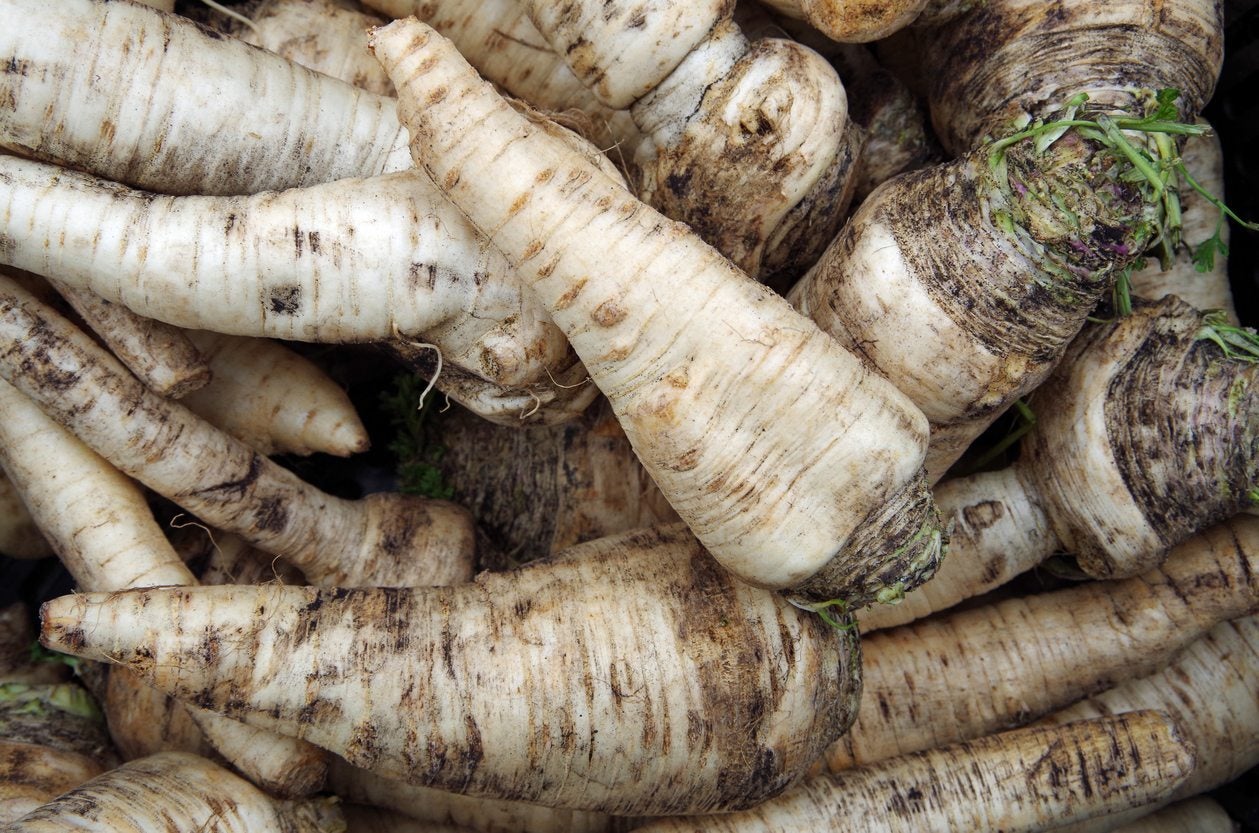 Harvesting Parsnips In Winter: How To Grow A Winter Parsnip Crop
Harvesting Parsnips In Winter: How To Grow A Winter Parsnip CropGardeners that have tried planting parsnip seeds in spring often get disappointing results. Parsnips have a reputation as being difficult to grow, mostly because gardeners plant them at the wrong time. An ideal time for many regions is winter. Learn more here.
By Darcy Larum
-
 Can You Overwinter Parsnips – Tips For Parsnip Winter Care
Can You Overwinter Parsnips – Tips For Parsnip Winter CareParsnips are a cool season vegetable that actually become sweeter when exposed to several weeks of cool, frosty weather. That leads us to the question "can you overwinter parsnips." If so, how do you grow parsnips in winter? Find out in this article.
By Amy Grant
-
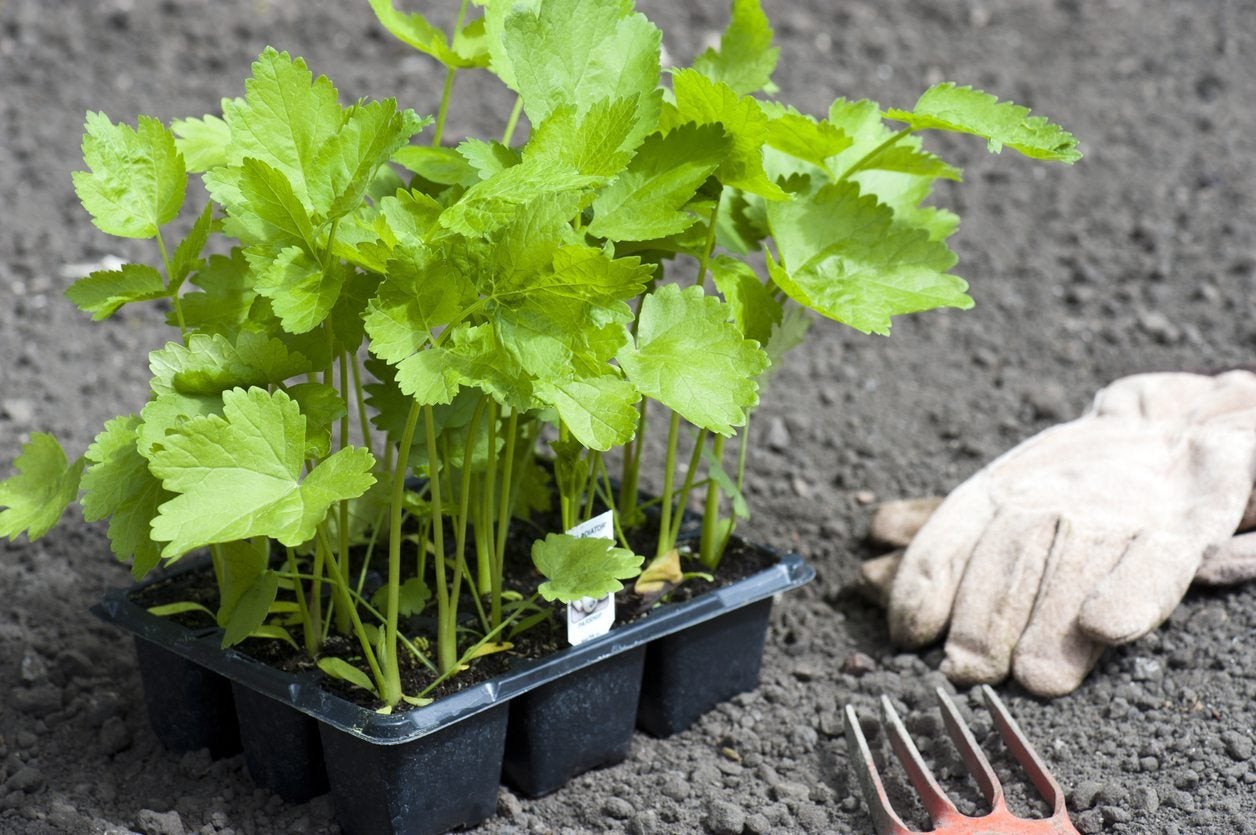 Container Grown Parsnips – Learn How To Grow Parsnips In A Container
Container Grown Parsnips – Learn How To Grow Parsnips In A ContainerRoot vegetables are making a comeback, and parsnips are high on the list. Parsnips are grown for their delicious roots and generally do best planted in a garden, but what if you don't have a garden plot? Can you grow parsnips in pots? Find out here.
By Amy Grant
-
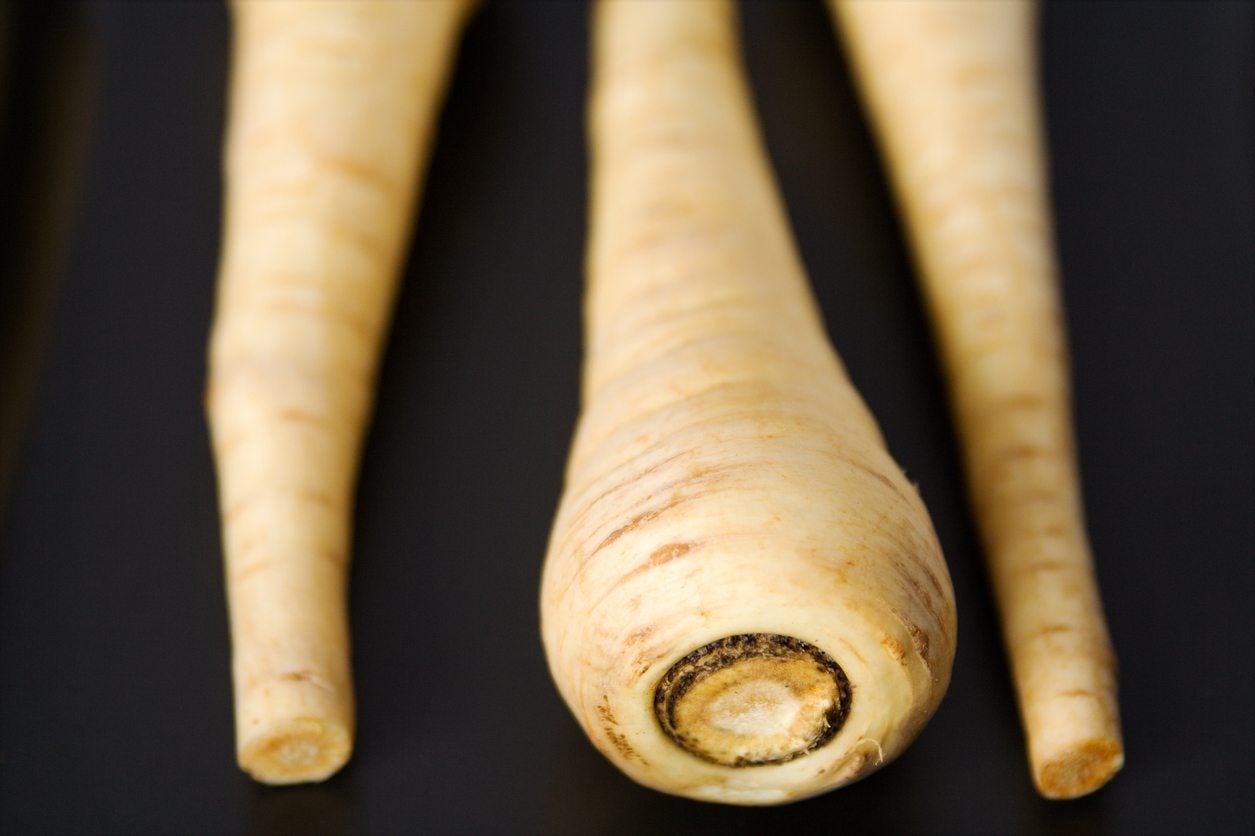 Growing Parsnips From Kitchen Scraps – Can You Regrow Parsnips From Tops
Growing Parsnips From Kitchen Scraps – Can You Regrow Parsnips From TopsYou only have to buy a vegetable once, and after you can just regrow it from its base. In the case of some vegetables, like celery, this is actually true. But what about parsnips? Do parsnips regrow after you've eaten them? Find out in this article.
By Liz Baessler
-
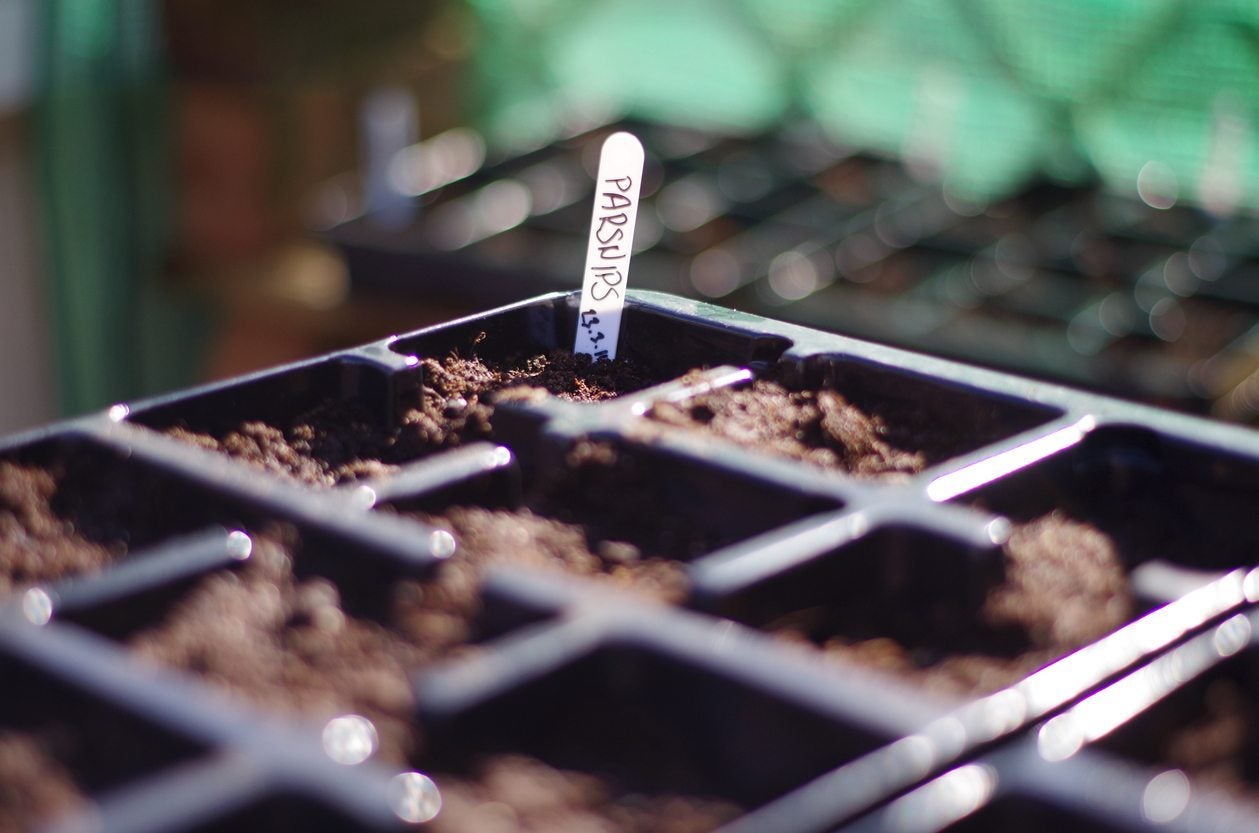 Seed Grown Parsnips: How To Grow Parsnips From Seed
Seed Grown Parsnips: How To Grow Parsnips From SeedIf you?re interested in seed-grown parsnips, give it a try! Growing parsnips from seed isn?t difficult as long as you provide the proper growing conditions. Learn how to grow parsnips from seed with the information found in this article.
By Mary H. Dyer